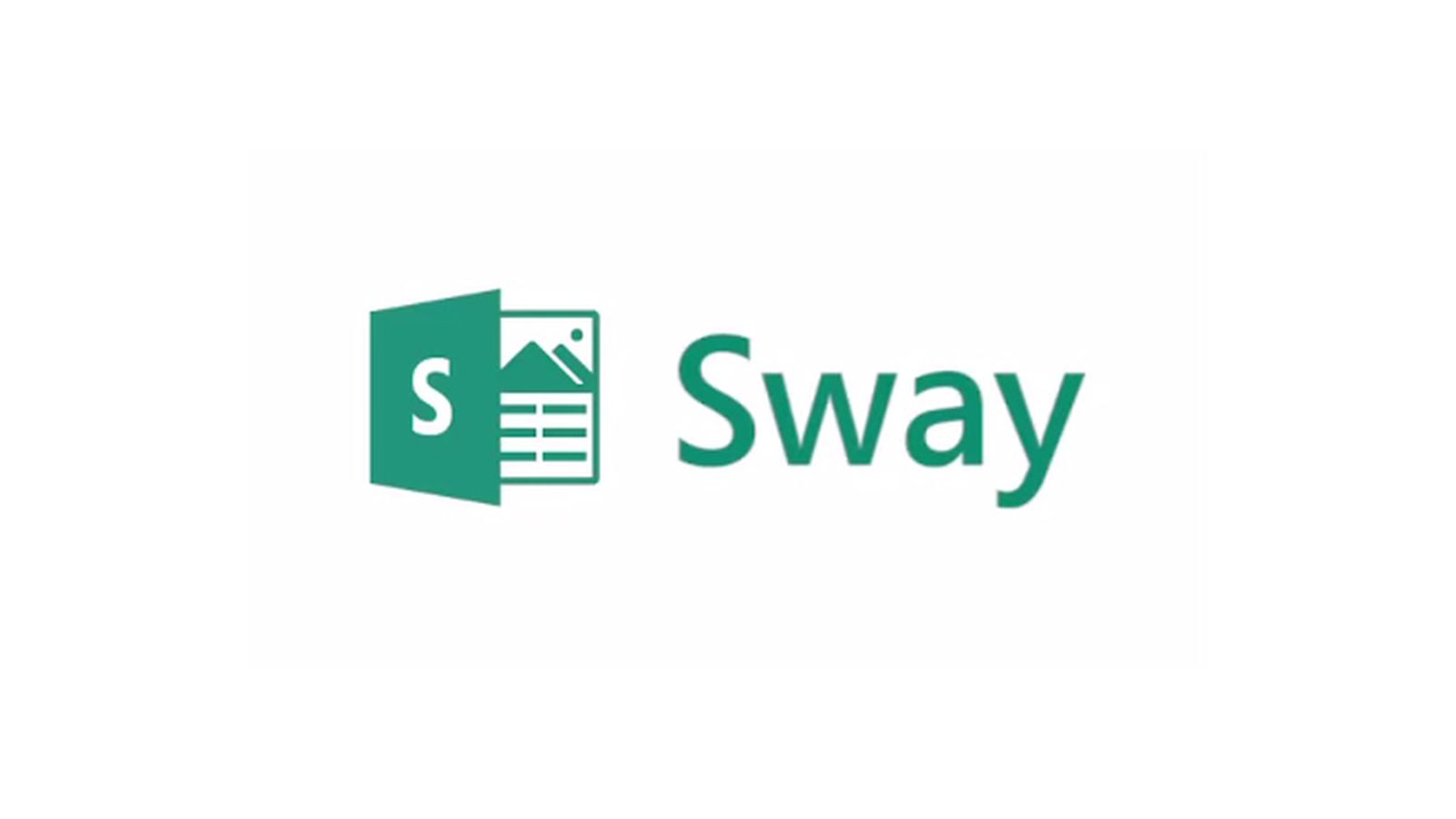Personal Blogs
About Microsoft Sway
Weller, M., Jordan, K., DeVries, I. and Rolfe, V., 2018. Mapping the open education landscape: citation network analysis of historical open and distance education research. Open Praxis, 10(2), pp.109-126. [Online].
This blog might contain posts that are only visible to logged-in users, or where only logged-in users can comment. If you have an account on the system, please log in for full access.
Total visits to this blog: 141340
